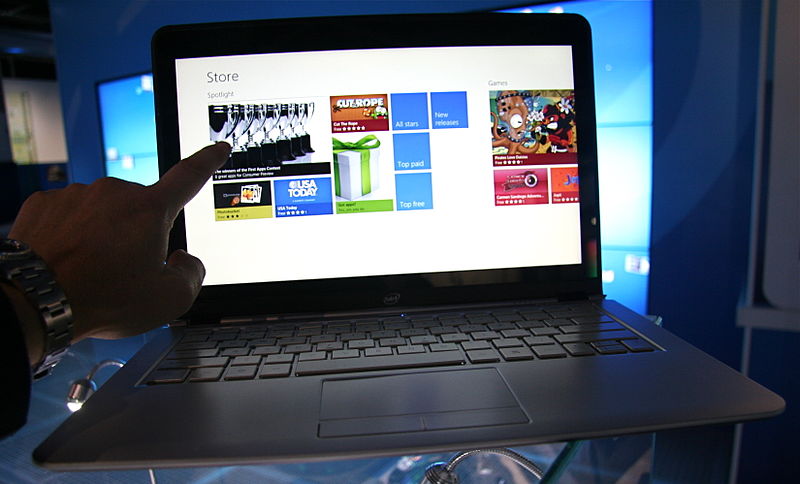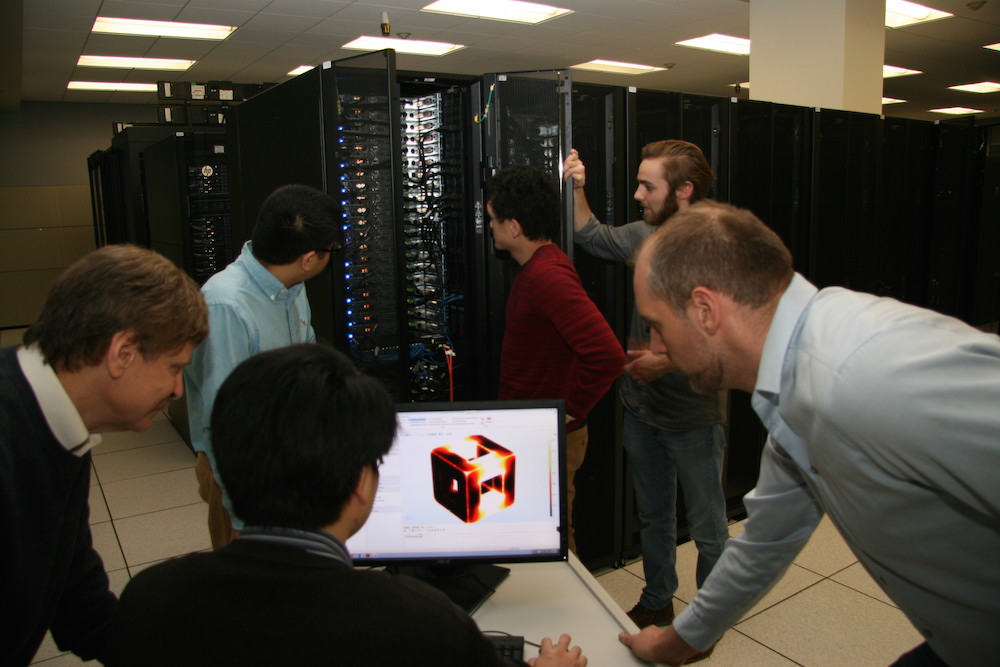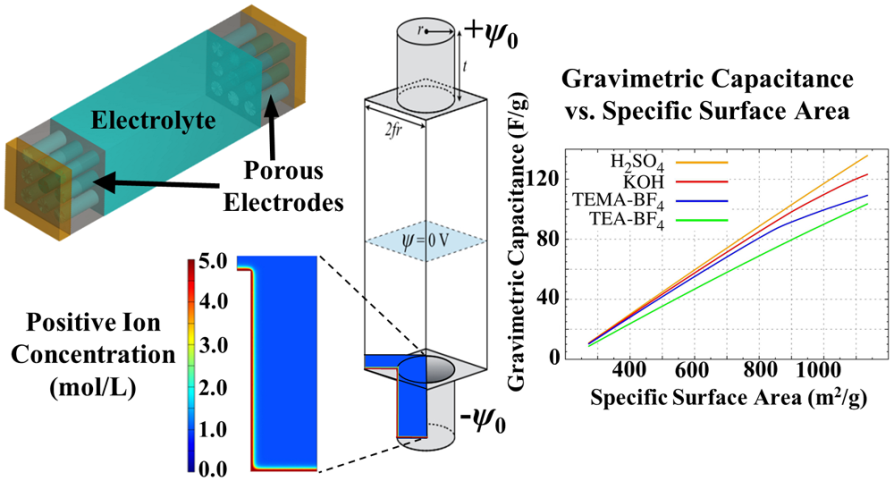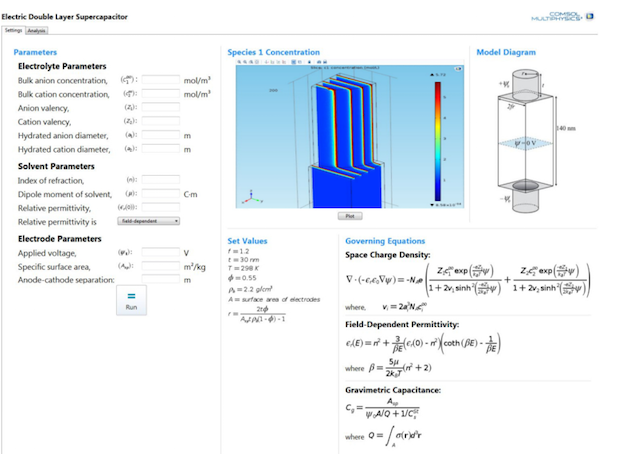
As technology evolves, the demand for devices with greater features and functionality emerges. Of course, this means that the designs themselves become more intricate and complex. Simulation offers an efficient route to analyzing and optimizing such devices, prompting further industrial innovation along the way. Today, we’ll take a look at how a team from University of Buffalo designed multiphysics models and simulation apps to spread modeling expertise to a broader range of industries.
Fueling Industrial Innovation with Simulation
In any industry, the quest for innovation is an ongoing theme. Take consumer electronics, for instance, where the emphasis has been on making systems smaller and lighter, or the automotive industry, where fuel efficiency has been a primary focus in vehicle design. In each case, meeting the demands of consumers requires not only ensuring the reliability of such technology, but also delivering it to the market quickly.


Innovative technology is spreading across a range of industries, from consumer electronics to the automotive industry. Left: A touchscreen laptop. Image by Intel Free Press. Licensed under CC BY-SA 2.0, via Wikimedia Commons. Right: An electric car. Image by Mariordo. Licensed under CC BY-SA 2.0, via Wikimedia Commons.
Simulation helps strike this balance between quality and efficiency by removing the need for physical prototypes at every step of the design workflow. Simulation experts can instead run a series of tests within the modeling environment in order to achieve an optimal configuration. While some organizations may recognize the benefits of this approach, they may not have the resources to bring such an expert on board to build and update these models throughout the design process.
With his own experience using multiphysics modeling — for research purposes and as a teaching tool within the classroom — Ed Furlani, a professor in the School of Engineering and Applied Sciences at University of Buffalo (UB) SUNY, thought of a way to help such organizations continue on the path of innovation and growth. The solution came in the form of organizing a highly interdisciplinary group of graduate students at UB to create multiphysics computational models and apps for a range of industries.

Professor Furlani and his graduate students at UB implement models and apps in a high-performance computing center to promote industrial innovation.
Delivering Modeling Expertise to Various Industries Through Models and Apps
The models created by the student group at UB have assisted in the development of various products and processes across multiple industries. In the field of membrane technology, for instance, thin-film composite membranes with a high selectivity are recognized as a viable resource in further extending the applications of membrane systems. To foster such energy-efficient designs, the team created models to analyze the impact of layer thickness, porosity, and selectivity on the membrane’s performance.
In energy storage, meanwhile, electric double-layer capacitors (EDLCs) are becoming a favorable alternative to more traditional capacitors, as they feature a higher capacitance. By developing models to predict the capacitance of these devices, as well as equilibrium charge accumulation and ion transport, the group facilitated a better understanding of the behavior of EDLCs and the subsequent steps needed to optimize their design.

Geometry of an EDLC, simulation model, and a plot of predicted capacitance.
While these initial models helped deliver simulation expertise to various industries, Furlani and his team sought to take things a step further. Recognizing the individual needs of different companies and the benefits of having more people involved in the design workflow, they began building simplified interfaces on top of these models, customizing their layout as needed. “With simulation apps, you can easily customize the user interface and include parameters that are of interest to different companies, which is a very useful feature,” Furlani noted in a COMSOL News 2016 article.

An app designed for EDLC analysis.
To complement their app development and foster further growth and innovation, the group utilizes COMSOL Server™ through a computing cluster at the university’s supercomputing facility. This high-performance computing environment provides app users with a simplified way to access apps, while making it easy for the group at UB to manage and deploy them.
How Students Benefit from Designing and Managing Simulation Apps
For the UB graduate students designing simulation apps, the experience has been beneficial in many ways. In one sense, apps have served as valuable tools for learning engineering concepts. Because apps are designed to hide the complexity behind their underlying model, they provide a useful introduction to students who are new to simulation or COMSOL Multiphysics, encouraging them to dig deeper and explore other features and functionality as they become more comfortable navigating the modeling environment.
Outside of their role as an educational tool, apps also serve the purpose of helping students develop their business skills. From design modifications to customer support, students learn to address questions and requests from organizations in a timely manner, with the goal of ensuring a positive user experience from start to finish — and fostering meaningful partnerships along the way.
Find Further Inspiration in the Use of Apps
- Read more about University of Buffalo’s use of multiphysics models and apps on page 32 of COMSOL News 2016
- Take a look at this blog post to see how other university professors are utilizing the Application Builder to teach students



Comments (0)